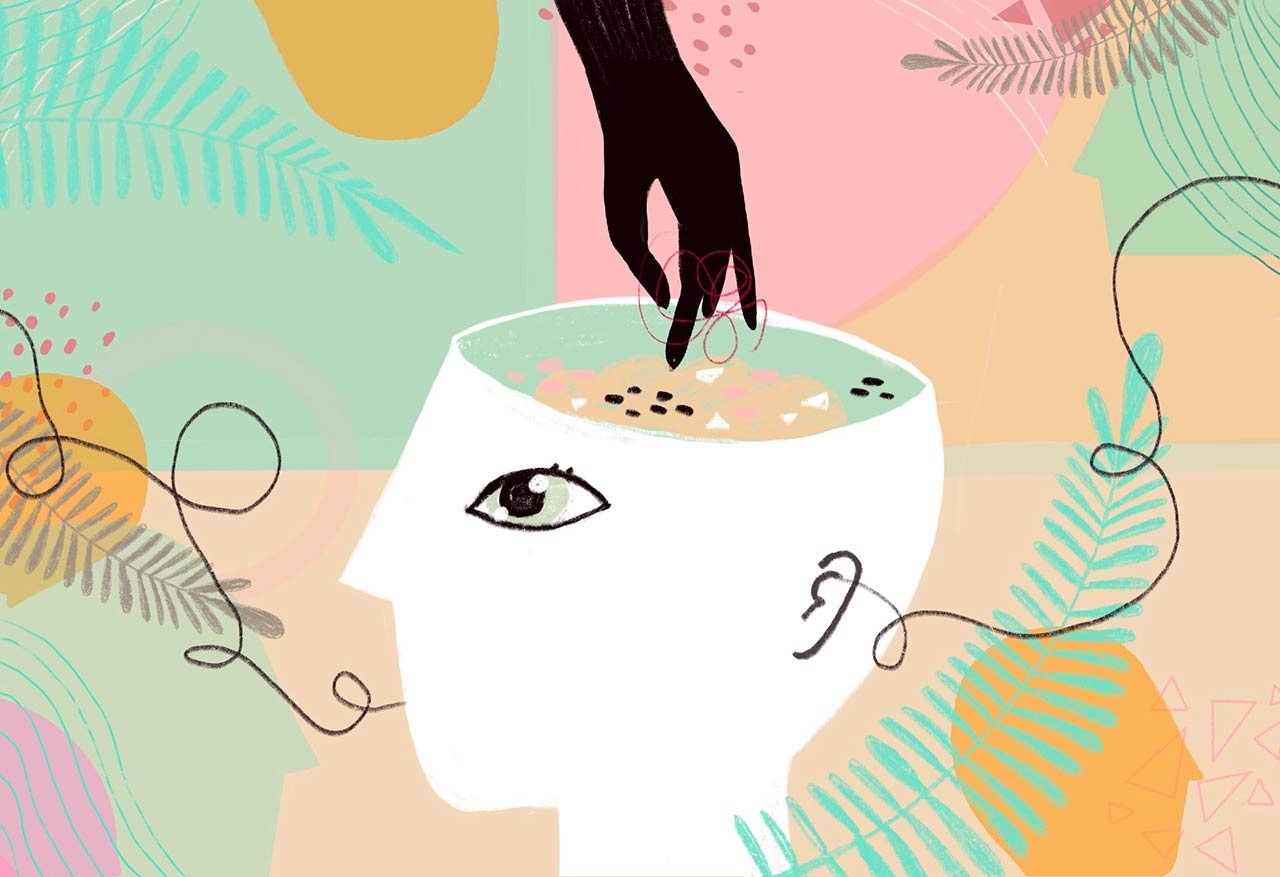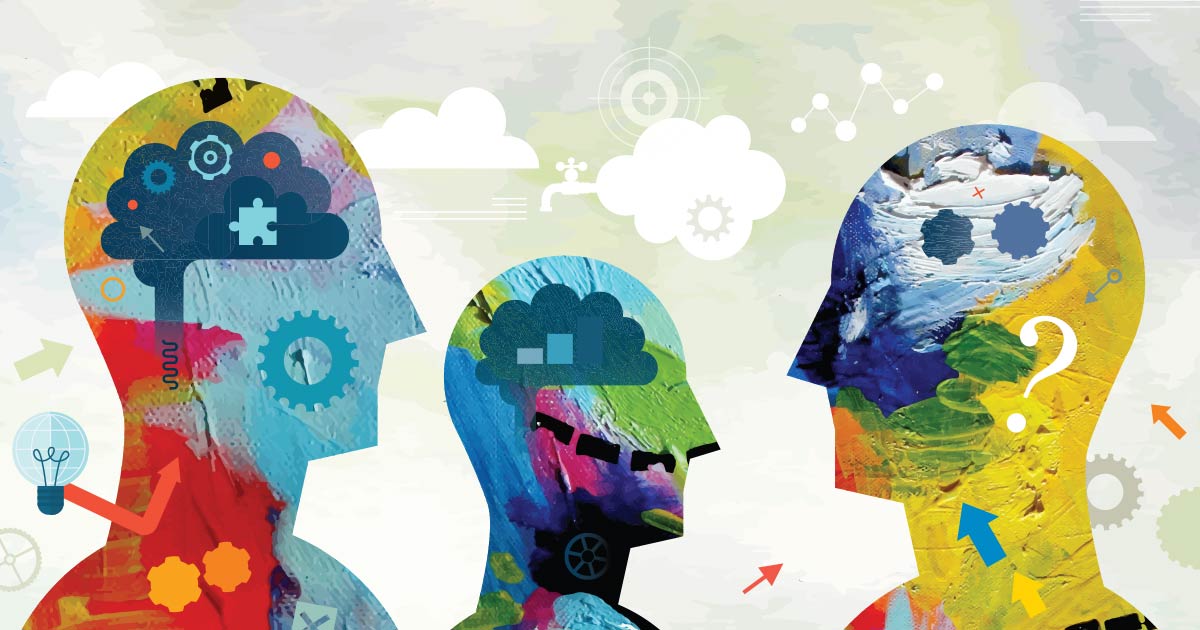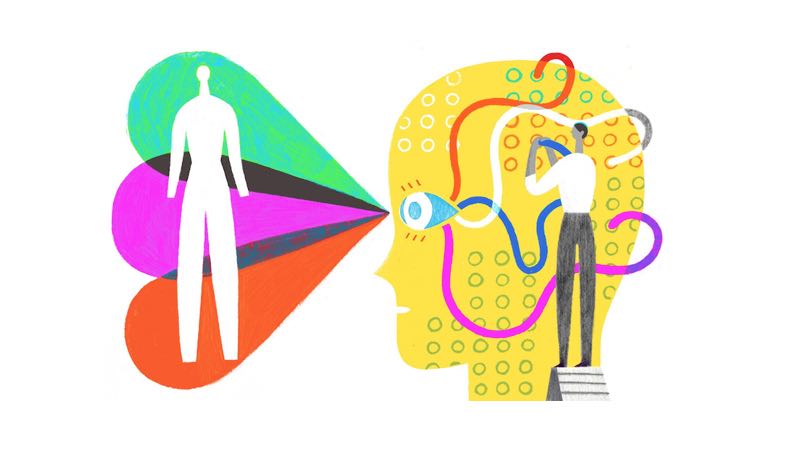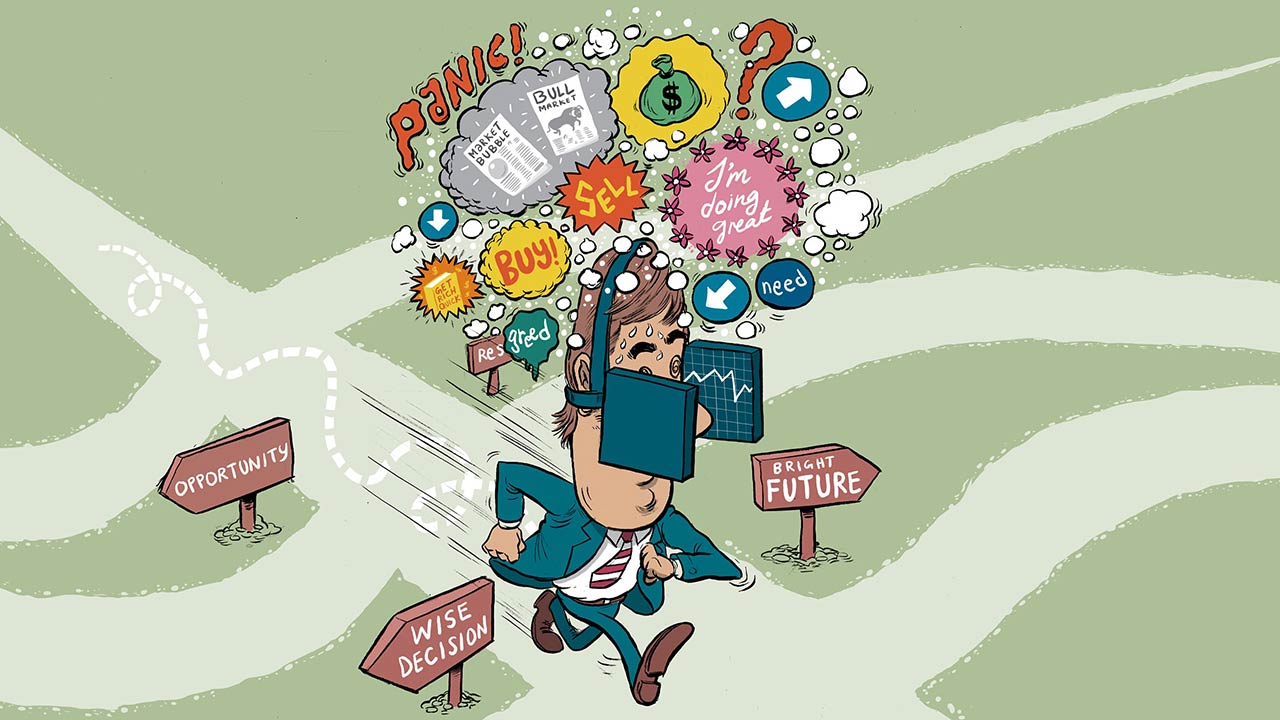Uday was sipping his tea amidst a conversation regarding the increasing crime rates in India. He quoted, “I am convinced that more guns lead to more violence.” To this, one of his friends asked him, “Do you have a gun at home?” He replied, “Yes, I bought it to protect myself because I am defenseless without a gun, so I bought and kept it at home.”
It is what we do while always making a decision and interpreting it with data to justify it. We connect the dots of the patterns based on our past experiences and keep defending ourselves on their basis. Uday was convinced that guns are the reason for more violence, and it is a classic example of the bias blind spot.
We are significantly less likely to notice (and acknowledge) any biasing influence when assessing our decision-making processes. In other words, the term “bias blind spot” describes how people have a propensity to underestimate how biased their decision-making processes are at times.
We tend to think that we are less biased than other people. Although we are aware that the bias blind spot affects our judgment, we want to think of ourselves as becoming more unbiased, rational, and capable of seeing the truth.
Why Does It Happen?

The strength of the blind spot’s impact on behavior is visible in the study. According to one of the findings, individuals with substantial blind spot bias underestimate their abilities compared to their peers. They frequently disregard the advice of consultants or fellow employees. They absorb the least from training that reveals bias in their conduct and enhances their judgments’ accuracy.
1. Self-perception
Having positive esteem as a logical and rational thinker is critical. People typically see their actions as being the outcome of purely logical and inferential reasoning since they are aware that prejudice is not a desirable attribute.
2. Unconscious processes
Since many of the mental processes involved in decision-making are unconscious, people frequently fail to recognize how heuristics, biases, and other mental tricks influence their decisions.
“People appear to be unaware of their bias. Everyone believes that they are less biased than their colleagues, whether they are good or poor decision-makers, according to Carey Morewedge, an associate professor of marketing at Boston University and one of the study’s authors. This vulnerability to the bias blind spot seems to be widespread and has little to do with people’s IQ, self-worth, or actual capacity for objectivity in decision-making.
Bias Blind Spot and Design Thinking

This bias describes the propensity of a person to be overconfident in their abilities. Their excessive certainty causes a blind hole. Design Thinkers may be more susceptible to this bias because they frequently conduct extensive research on a subject, product, or service.
Take an example of a Design Thinker who wants to make it simpler to use a DSLR camera. He is convinced that he has all the information he needs to understand the challenges and benefits of using a DSLR camera after doing extensive surveys, interviews, and observations. He consequently fails to consider the “extreme users” workarounds, such as those employed by the people attempting to utilize the camera in freezing conditions.
How Does A Design Thinking Practitioner Manage Bias Blind Spot?

Every individual in our world has some kind of bias, which can be both positive and harmful. We occasionally forget this since we tend to concentrate on how biased people are. We run the risk of destroying relationships, reputations, and any social capital we may have when we cannot detect our prejudices and determine if they are harmful or destructive. However, there are methods by which we can methodically direct our judgments away from a blind area and toward more clarity for making decisions.
1. Reduce Tunnel Vision
We must come to terms with the fact that there are numerous realities out there and that our reality is merely one of them. “As long as we have the cognitive flexibility to appreciate other people’s subjectivity on our own, there is nothing wrong with the fact that we are subjective beings. We get closer to objectivity when two or more subjectivities come together.”
2. Challenge The Implicit Assumption
We must question the implicit assumption presented in the reading material and determine for ourselves whether it is accurate. By doing this, critical reasoning skills are developed. Because it prevents passive acceptance and potential ignorance, this is a fantastic habit to develop for filtering any information that comes our way. The ability to discern whether something is beneficial or negative and to choose an appropriate course of action, as a result, becomes an instinct.
3. Create Accountability Markers
Make responsibility a core value as you work to sift through your biases. This could take the form of a 360-degree feedback mechanism or another objective support ecosystem to improve the internal work being done. As they are identified, note biases in a journal, specify the next steps and make it a point to revisit every three months. A coach can also assist you with prioritizing blind spots by questioning and introspection, along with concrete actions to lessen the blind spot.
Although the bias blind spot does pose significant difficulties for design thinking practitioners, there are various strategies to mitigate its consequences with little planning. Simply put, it can be overcome by being conscious of prejudices in the first place. Designing objectively, taking a collaborative approach, and creating an empathy map can all help lessen the effects of this bias’ susceptibility on design thinkers.
https://effectiviology.com/bias-blind-spot/
https://lib.taftcollege.edu/c.php?g=861448&p=6298942
https://www.financialexpress.com/opinion/bias-blind-spot-how-biases-make-our-lives-complex/2063363/
https://www.vinceposcente.com/blog/the-truth-of-blind-spot-bias
https://www.zenefits.com/workest/wp-content/uploads/2020/04/Bias-1920×1315-1.jpg
https://www.catalyst.org/wp-content/uploads/2019/12/blog_ub_1200x630.png
Written By: Jimmy Jain
Edited By: Afreen Fatima
Society of Design Thinking Professionals









